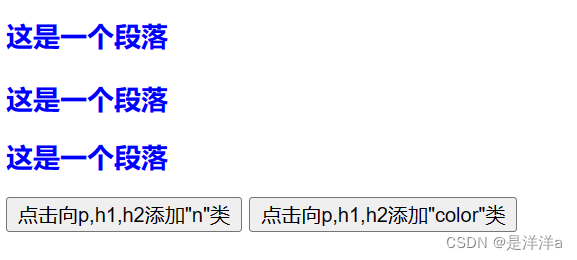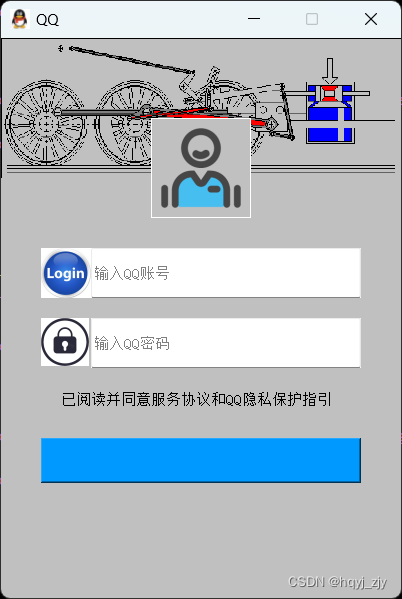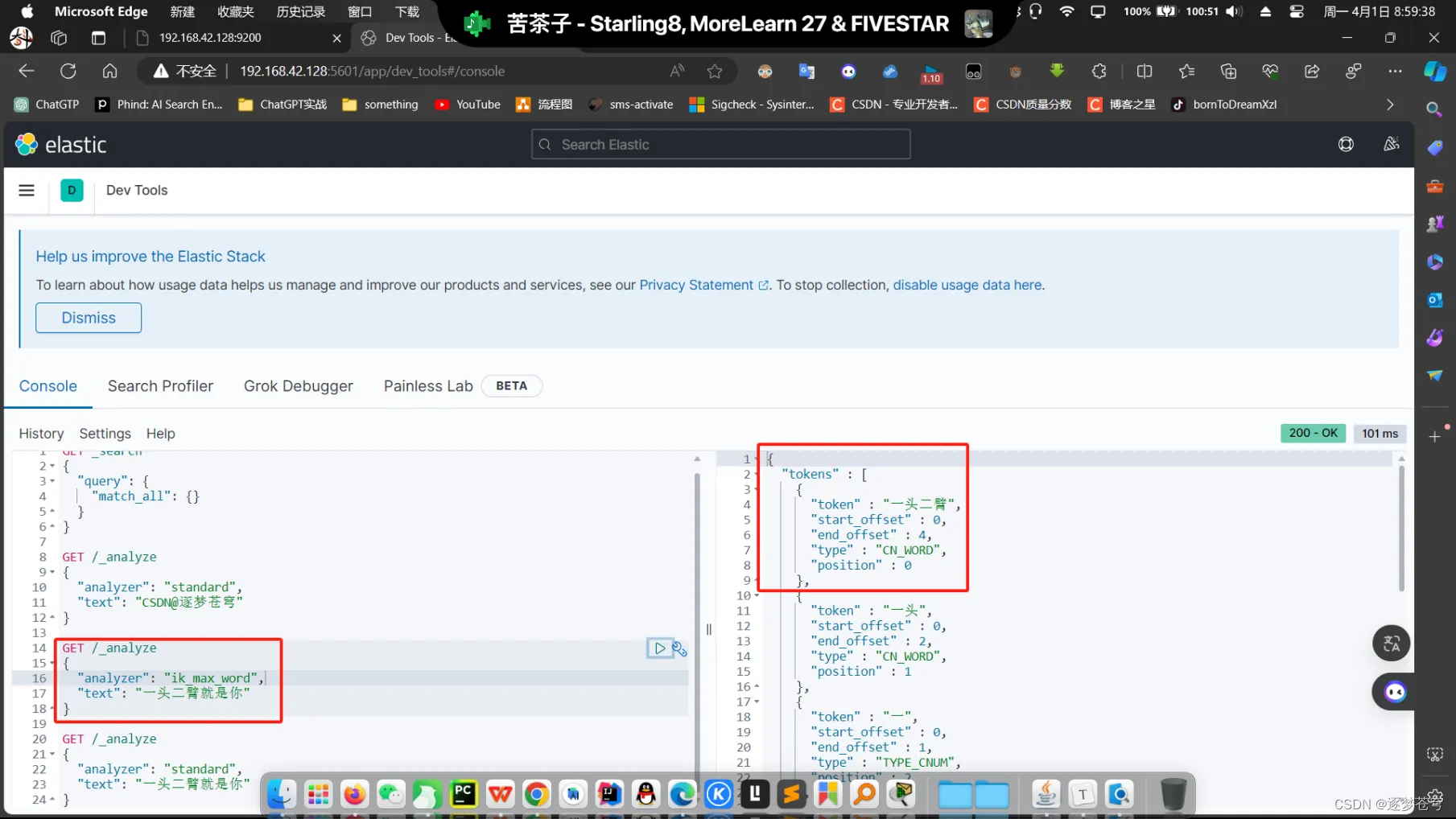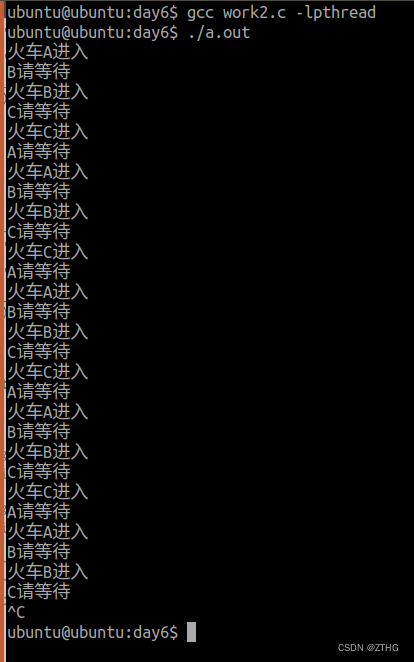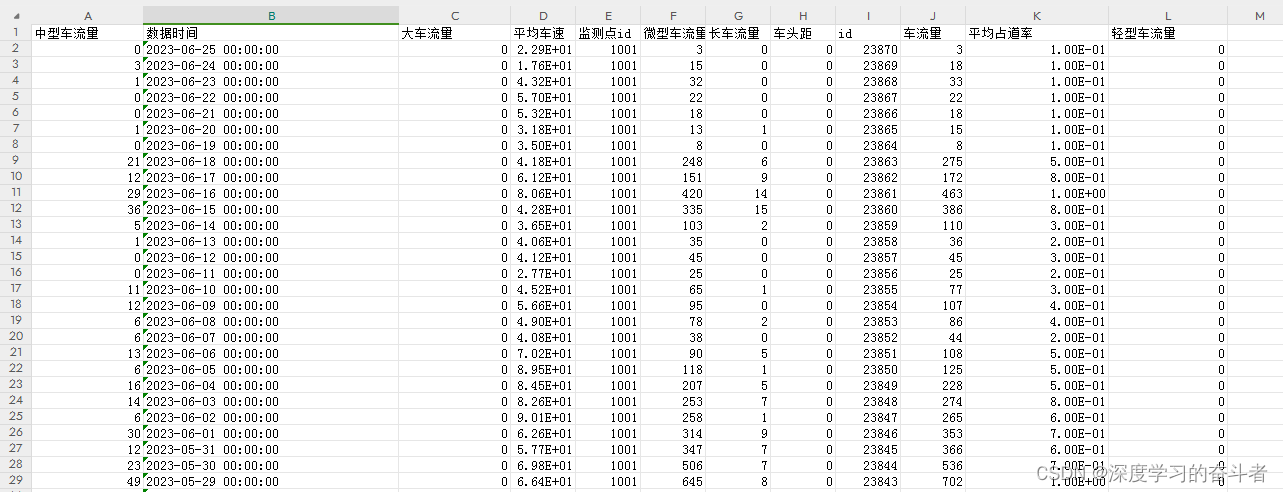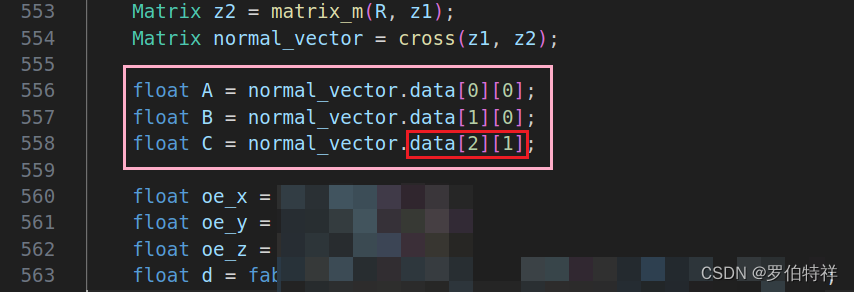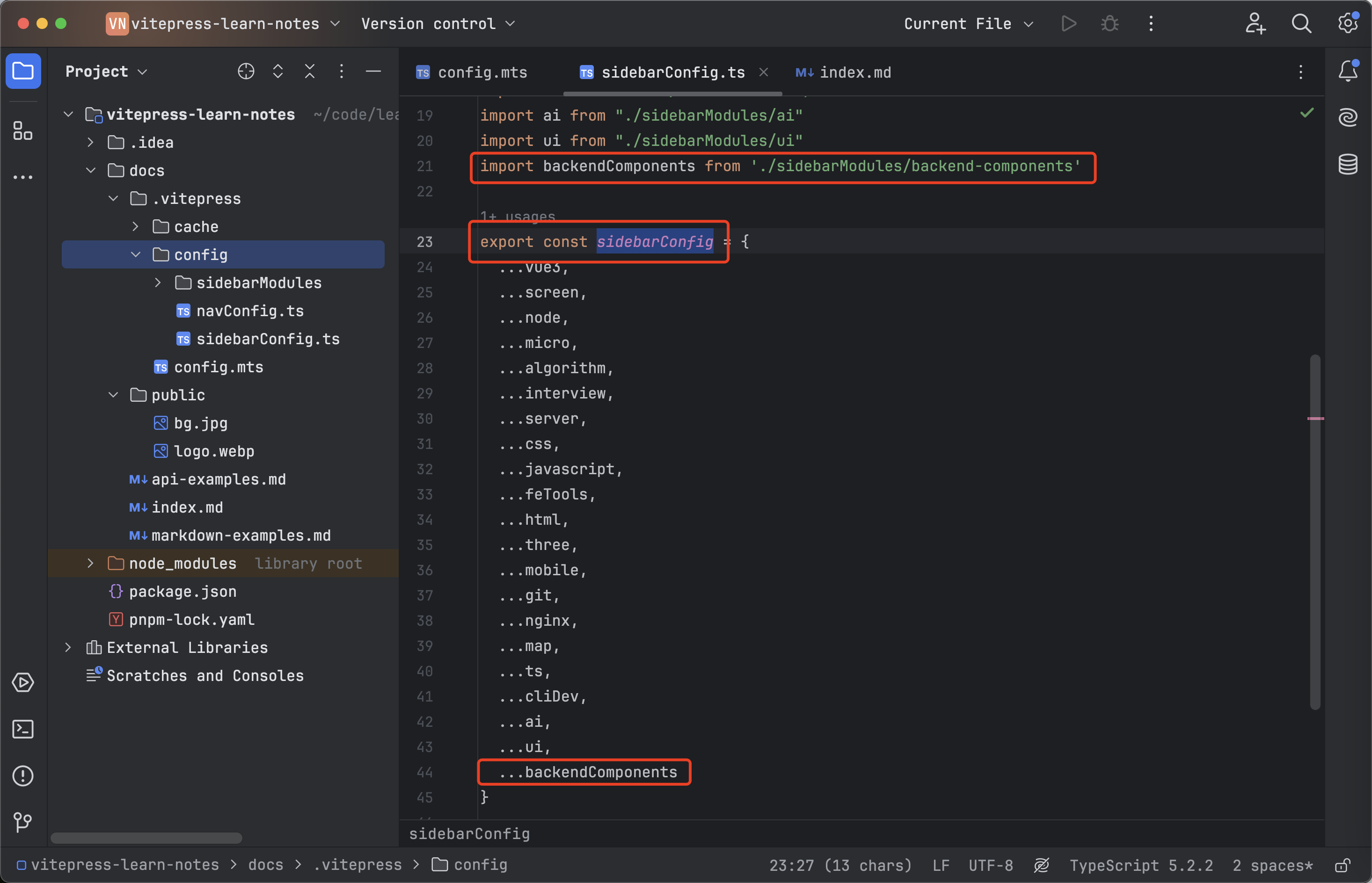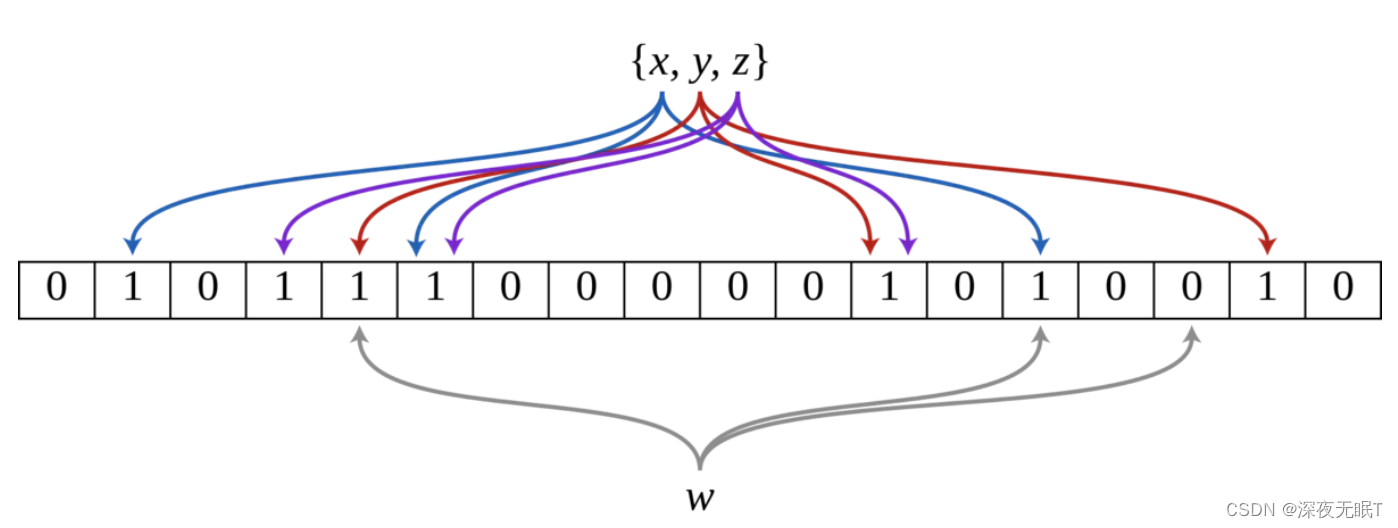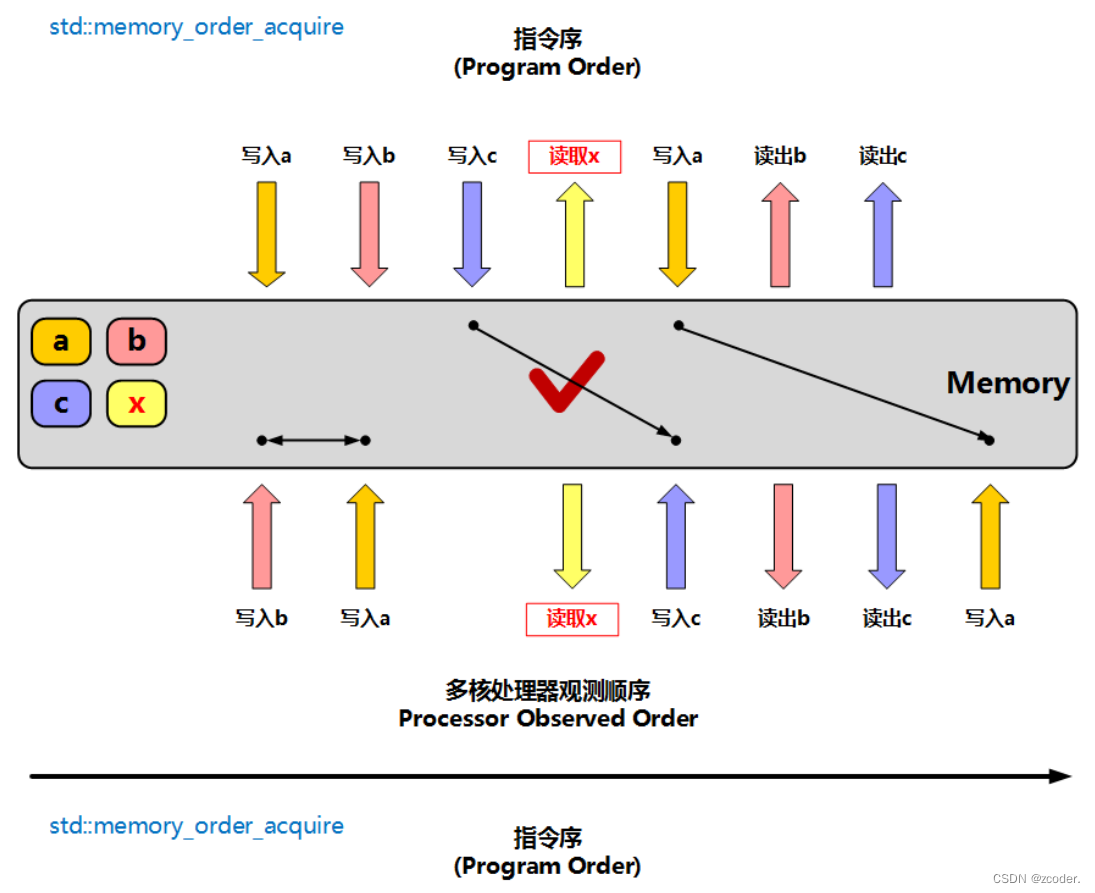1. ActiveOhos 功能介绍
1.1.组件介绍
基于鸿蒙系统连接数据库进行 sqlite 数据库操作的时候,创建连接的时候是有些繁琐的,本组件就是为了简化 sqlite 的连接,并且对鸿蒙原生的 API 进行封装加强,使得读写 sqlite 数据库的时候更加方便
1.2. phone 模拟器上运行效果

插入数据成功

2. ActiveOhos 使用方法
2.1.为应用添加 sqlitelibrary-debug.har 包依赖
在应用模块中调用 HAR,常用的添加依赖的方式包括如下两种。
方式一:依赖本地 HAR
第 一 步 : 将 sqlitelibrary-debug.har 复 制 到 entry\libs 目 录 下 即 可 ( 由 于
build.gradle 中已经依赖的 libs 目录下的.har,因此不需要在做修改)。*
查看工程目录中 build.gradle 下的*.har 是存在


第二步:除了依赖以上 har 之外还需要添加外部依赖用来实现类的引入,引入方式如下,引入完之后同步下就可以使用。
- 如果使用注解处理器的模块为“com.huawei.ohos.hap”模块,则需要在模块的 “build.gradle”文件的“ohos”节点中添加以下配置:
compileOptions{
annotationEnabled true
}
- 如果使用注解处理器的模块为“com.huawei.ohos.library”模块,则需要在模块的 “build.gradle”文件的“dependencies”节点中配置注解处理器。查看 “orm_annotations_java.jar”、
“orm_annotations_processor_java.jar”、“javapoet_java.jar”这 3 个jar 包在 HUAWEI SDK 中的对应目录,并将目录的这三个 jar 包导进来。
dependencies { compile files("orm_annotations_java.jar 的路径
","orm_annotations_processor_java.jar 的路径","javapoet_java.jar 的
路径") annotationProcessor files("orm_annotations_java.jar 的路径
","orm_annotations_processor_java.jar 的路径","javapoet_java.jar 的
路径")}
- 如果使用注解处理器的模块为“java-library”模块,则需要在模块的 “build.gradle”文件的“dependencies”节点中配置注解处理器,并导入“ohos.jar”。
dependencies { compile files("ohos.jar 的路径
","orm_annotations_java.jar 的路径
","orm_annotations_processor_java.jar 的路径","javapoet_java.jar 的
路径") annotationProcessor files("orm_annotations_java.jar
的路径","orm_annotations_processor_java.jar 的路径
","javapoet_java.jar 的路径")}
比如:


以上操作无误之后就可以进行编码了!
3. ActiveOhos 开发实现
3.1.主页面的布局文件
定义四个按钮分别实现增删改查,定义四个 Button 实现请求点击事件
<?xml version="1.0" encoding="utf-8"?>
<DirectionalLayout
xmlns:ohos="http://schemas.huawei.com/res/ohos"
ohos:height="match_parent"
ohos:width="match_parent"
ohos:orientation="vertical">
<Button
ohos:id="$+id:btn_insert"
ohos:height="match_content"
ohos:width="80fp"
ohos:text_color="red"
ohos:text="插入"
ohos:text_size="20fp"
ohos:weight="100fp"/>
<Button
ohos:id="$+id:btn_query"
ohos:height="match_content"
ohos:width="100fp"
ohos:text_color="blue"
ohos:text="查询"
ohos:text_size="20fp"
ohos:weight="100fp"/>
<Button
ohos:id="$+id:btn_update"
ohos:height="match_content"
ohos:width="100fp"
ohos:text_color="green"
ohos:text="更新"
ohos:text_size="20fp"
ohos:weight="100fp"/>
<Button
ohos:id="$+id:btn_delete"
ohos:height="match_content"
ohos:width="100fp"
ohos:text_color="black"
ohos:text="删除"
ohos:text_size="20fp"
ohos:weight="100fp"/>
<ListContainer
ohos:id="$+id:listText"
ohos:height="match_parent"
ohos:width="match_parent"/>
</DirectionalLayout>
ohos:width="match_content"
ohos:background_element="$graphic:background_ability_main"
ohos:layout_alignment="horizontal_center"
ohos:text="get 请求"
ohos:text_size="50"
ohos:top_margin="80vp"
/>
</DirectionalLayout>
3.2.例子代码如下
组件中一共有两种连接数据的方式,分别 OrmContext,RdbStore ,其中 OrmContext 是需要定义一个实体类(User)来和数据库对应表名及字段,还有一个数据库类 BookStore 来配合开发代码如下:
MainAbilitySlice
import com.example.myapplication.BookStore;
import com.example.myapplication.ResourceTable;
import com.example.myapplication.User;
import com.example.sqlitelibrary.DBManage;
import com.example.sqlitelibrary.DBOrmContext;
import com.example.sqlitelibrary.utils.Log;
import ohos.aafwk.ability.AbilitySlice;
import ohos.aafwk.content.Intent;
import ohos.agp.components.Button;
import ohos.agp.components.Component;
import ohos.data.DatabaseHelper;
import ohos.data.orm.OrmContext;
import ohos.data.orm.OrmPredicates;
import ohos.data.rdb.RdbStore;
import ohos.data.rdb.ValuesBucket;
import java.util.ArrayList;
import java.util.List;
public class MainAbilitySlice extends AbilitySlice implements
Component.ClickedListener {
private DatabaseHelper helper;
private RdbStore store;
private OrmContext context;
@Override
public void onStart(Intent intent) {
super.onStart(intent);
super.setUIContent(ResourceTable.Layout_ability_main);
helper = new DatabaseHelper(this);
DBManage dbManger = new DBManage("user.db","user");
context = dbManger.getConnectionContext(helper, BookStore.class);
// DBManage dbManger = new DBManage("user.db");
// store = dbManger.getConnectionStore(helper,"user");
Button btnInsert = (Button) findComponentById(ResourceTable.Id_btn_insert);
Button btnQuery = (Button) findComponentById(ResourceTable.Id_btn_query);
Button btnDelete = (Button) findComponentById(ResourceTable.Id_btn_delete);
Button btnUpdate = (Button) findComponentById(ResourceTable.Id_btn_update);
btnInsert.setClickedListener(this::onClick);
btnQuery.setClickedListener(this::onClick);
btnDelete.setClickedListener(this::onClick);
btnUpdate.setClickedListener(this::onClick);
}
@Override
public void onActive() {
super.onActive();
}
@Override
public void onForeground(Intent intent) {
super.onForeground(intent);
}
@Override
public void onClick(Component component) {
// RdbStoreManage rdbStoreMange = new RdbStoreManage();
// ValuesBucket values = new ValuesBucket();
// values.putInteger("id", 1);
// values.putString("name", "zhangsan");
// values.putInteger("age", 18);
// values.putDouble("salary", 100.5);
// values.putByteArray("blobType", new byte[] {1, 2, 3});
// rdbStoreMange.setSql(store, "insert into user values(zhangsan, 18, 100.5,
byte[1,2,3])");
// long id = rdbStoreMange.insert(store,"user", values);
// System.out.println(id);
DBOrmContext dbOrmContext = new DBOrmContext();
switch (component.getId()) {
case ResourceTable.Id_btn_insert: //插入数据
//第一次使用 user 对应的表的时候,如果有这张表就直接使用,没有就创建表
User user = new User();
user.setFirstName("Zhang");
user.setLastName("San");
user.setAge(29);
user.setBalance(100.51);
boolean b = dbOrmContext.insert(context, user);
Log.i("插入成功");
System.out.println(b);
break;
case ResourceTable.Id_btn_query: //条件查询
List<User> users = new ArrayList<>();
OrmPredicates query = context.where(User.class).equalTo("lastName",
"San");
users = dbOrmContext.query(context, query);
break;
case ResourceTable.Id_btn_delete: //条件删除
OrmPredicates delete = context.where(User.class).equalTo("lastName", "San");
int delete1 = dbOrmContext.delete(context, delete);
System.out.println(delete1);
break;
case ResourceTable.Id_btn_update: //条件更新
ValuesBucket valuesBucket = new ValuesBucket();
valuesBucket.putInteger("age", 31);
valuesBucket.putString("firstName", "Zhang");
valuesBucket.putString("lastName", "San");
valuesBucket.putDouble("balance", 300.51);
OrmPredicates update = context.where(User.class).equalTo("userId",
1);
int update1 = dbOrmContext.update(context, valuesBucket, update);
System.out.println(update1);
break;
}
dbOrmContext.flush(context);
}
}
user.java
@Entity(tableName = "user", ignoredColumns = {"ignoreColumn1",
"ignoreColumn2"},
indices = {@Index(value = {"firstName", "lastName"}, name =
"name_index", unique = true)})
public class User extends OrmObject {
// 此处将 userId 设为了自增的主键。注意只有在数据类型为包装类型时,自增主键才
能生效。
@PrimaryKey(autoGenerate = true)
private Integer userId;
private String firstName;
private String lastName;
private int age;
private double balance;
private int ignoreColumn1;
private int ignoreColumn2;
// 开发者自行添加字段的 getter 和 setter 方法
BookStore.java
@Database(entities = {User.class}, version = 1)
public abstract class BookStore extends OrmDatabase {
}
为了能让大家更好的学习鸿蒙(HarmonyOS NEXT)开发技术,这边特意整理了《鸿蒙开发学习手册》(共计890页),希望对大家有所帮助:https://qr21.cn/FV7h05
《鸿蒙开发学习手册》:
如何快速入门:https://qr21.cn/FV7h05
- 基本概念
- 构建第一个ArkTS应用
- ……

开发基础知识:https://qr21.cn/FV7h05
- 应用基础知识
- 配置文件
- 应用数据管理
- 应用安全管理
- 应用隐私保护
- 三方应用调用管控机制
- 资源分类与访问
- 学习ArkTS语言
- ……

基于ArkTS 开发:https://qr21.cn/FV7h05
- Ability开发
- UI开发
- 公共事件与通知
- 窗口管理
- 媒体
- 安全
- 网络与链接
- 电话服务
- 数据管理
- 后台任务(Background Task)管理
- 设备管理
- 设备使用信息统计
- DFX
- 国际化开发
- 折叠屏系列
- ……

鸿蒙开发面试真题(含参考答案):https://qr18.cn/F781PH

鸿蒙开发面试大盘集篇(共计319页):https://qr18.cn/F781PH
1.项目开发必备面试题
2.性能优化方向
3.架构方向
4.鸿蒙开发系统底层方向
5.鸿蒙音视频开发方向
6.鸿蒙车载开发方向
7.鸿蒙南向开发方向

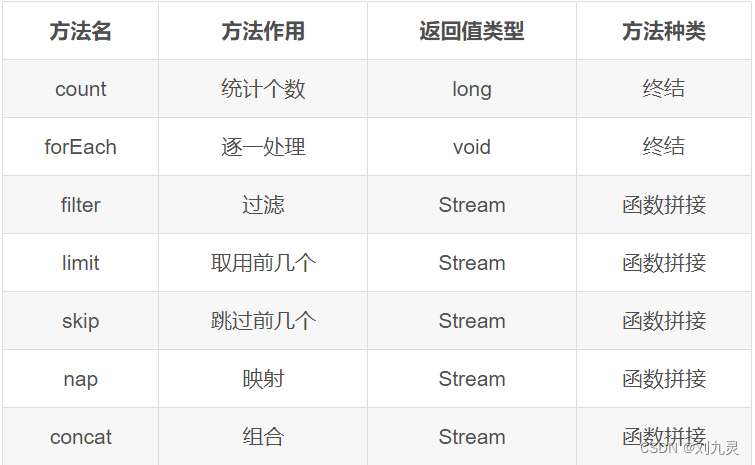
![[挖坟]如何安装Shizuku和LSPatch并安装模块(不需要Root,非Magisk)](https://img-blog.csdnimg.cn/direct/00ba67dd82014123b99265c133e5afaf.png)
